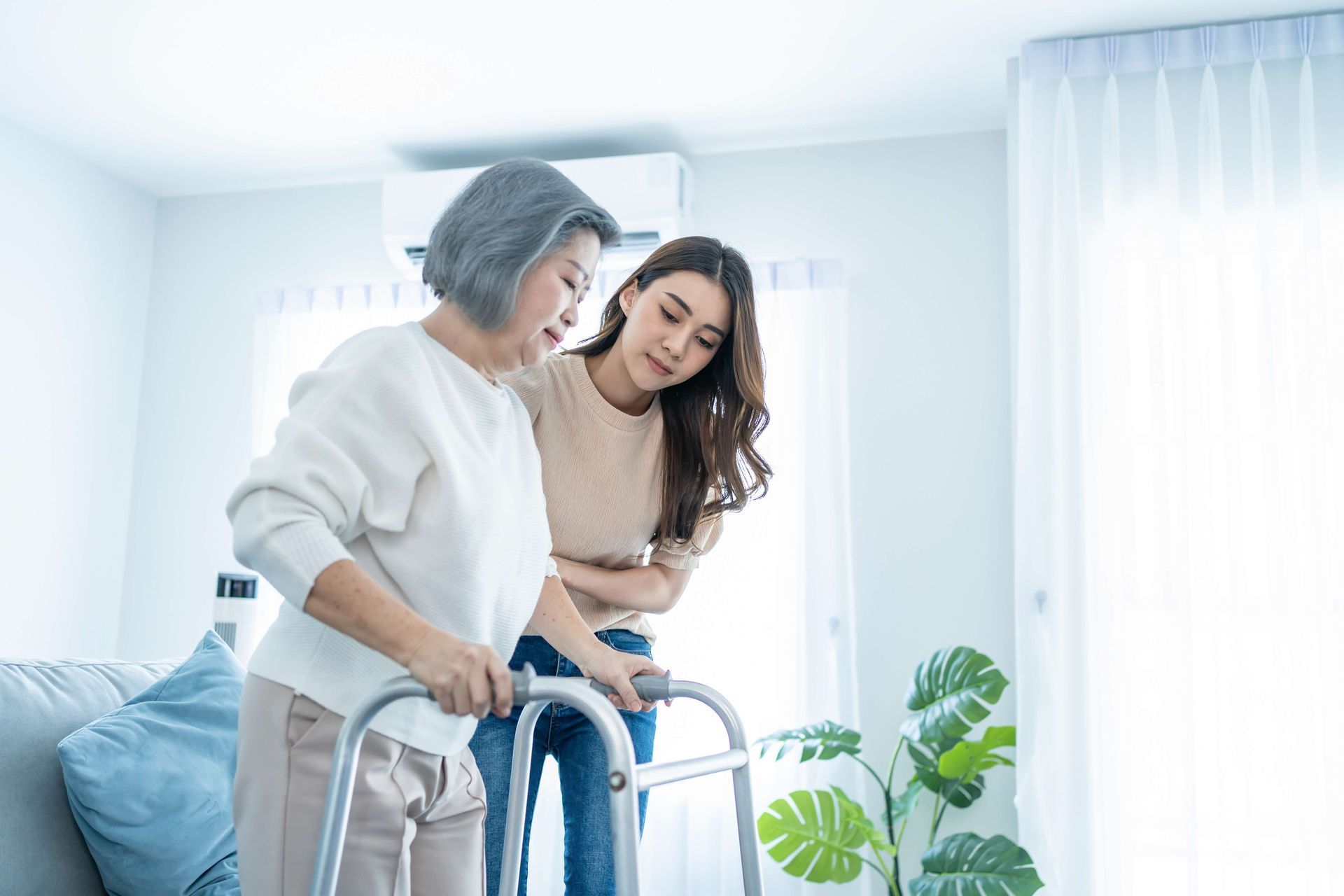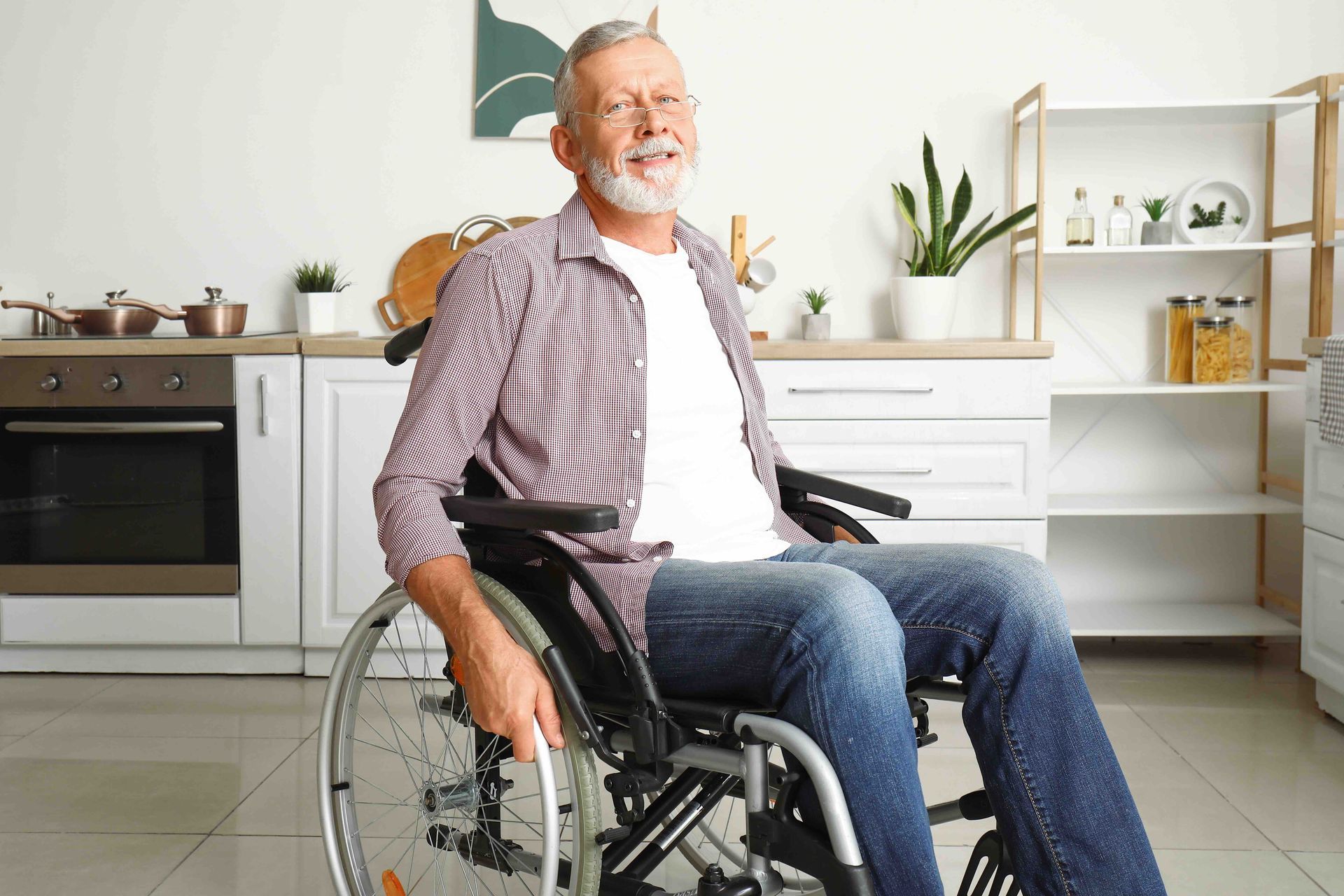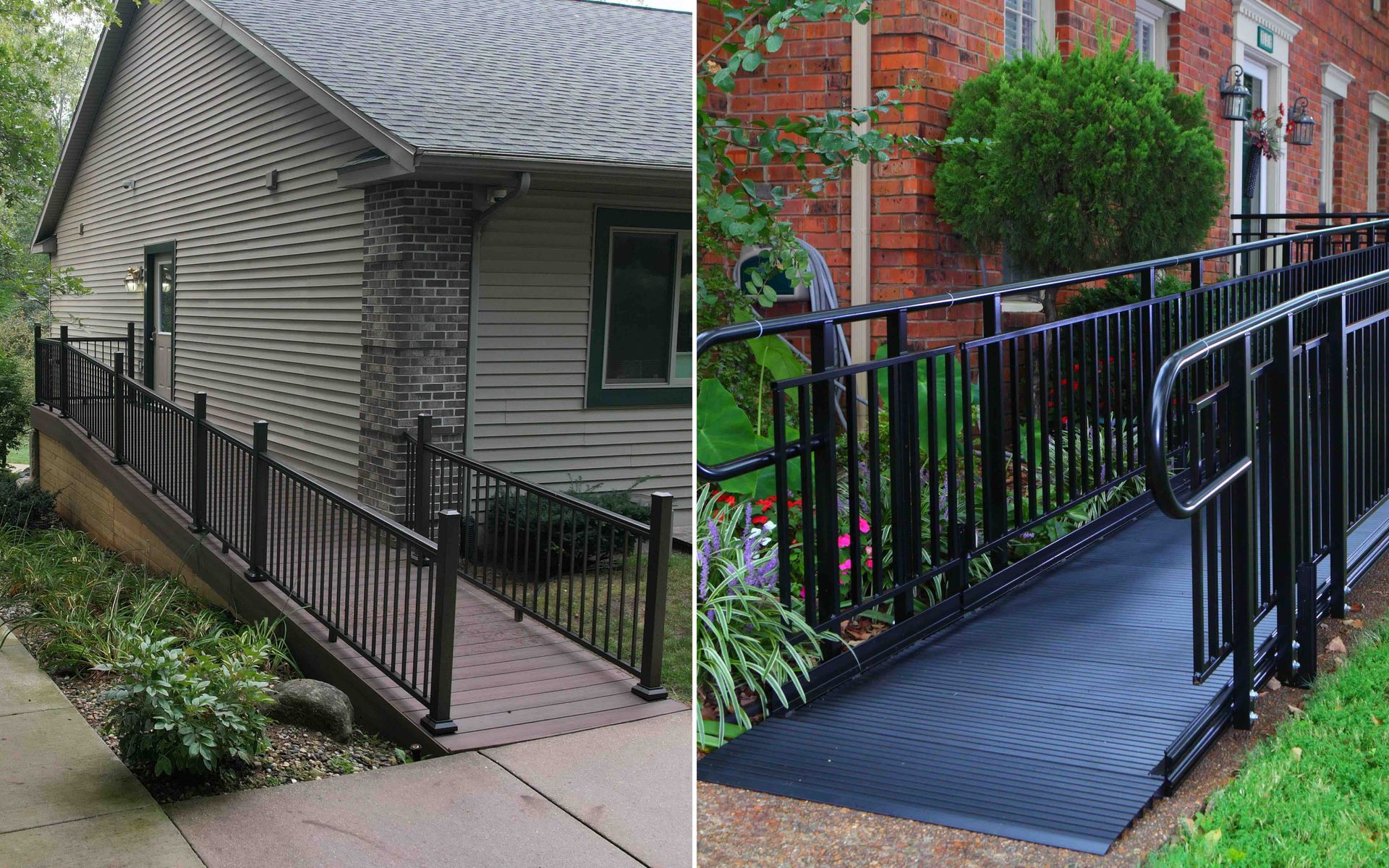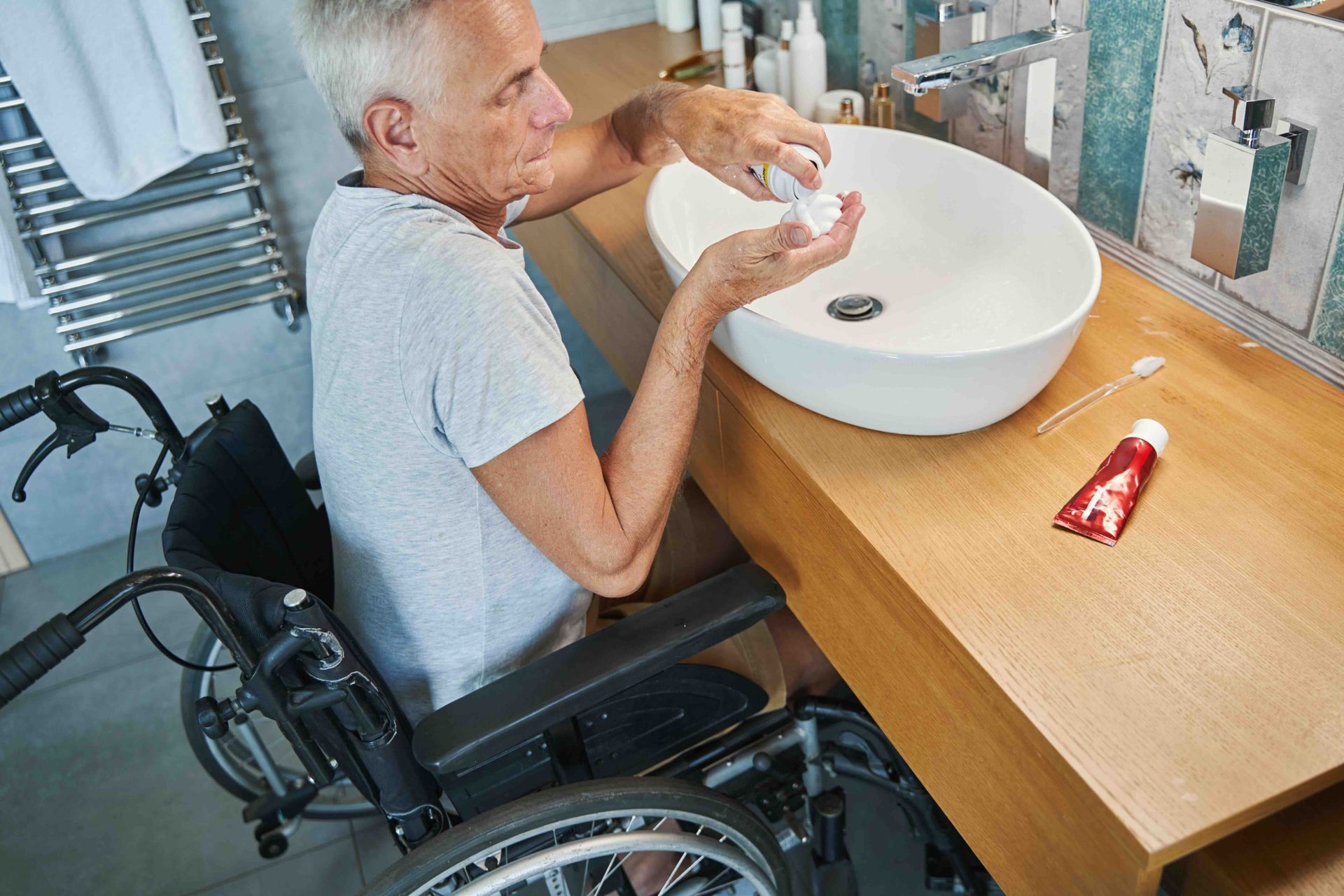Our homes should evolve with us as we age, providing comfort, safety, and independence throughout our lives. Designing barrier-free dwellings, especially for those with disabilities, can significantly improve the quality of life and help people stay in their homes longer. Environmental access consulting and design creates barrier-free living spaces that are designed to accommodate people with mobility challenges, offering the convenience and flexibility needed to remain independent.
Are you looking for an expert resource in accessible spaces, special modifications for persons with mobility challenges, and more? Contact Lakeshore Barrier Free today.
The Importance of Barrier-Free Homes in Grand Rapids, MI and Beyond
Barrier-free home construction relies on the principle that everyone, regardless of age or ability, should have access to a comfortable and safe living environment. These homes remove physical obstacles that hinder movement, providing a more functional and accessible space.
A well-designed, barrier-free home is inclusive and can cater to the diverse needs of individuals with mobility challenges due to aging, illness, or disability, including children.
A barrier-free design considers all aspects of the home, including doorways, hallways, kitchens, bathrooms, and even the entryway. A barrier-free home has no steps or thresholds to navigate, and the layout is spacious enough to accommodate a wheelchair or mobility aid. This design allows individuals to move around freely without relying on assistance, which is particularly important for those who want to maintain their independence.
The benefits of a barrier-free home extend beyond just mobility. For example, a spacious kitchen allows someone in a wheelchair to quickly access countertops, stoves, and sinks. At the same time, a barrier-free bathroom ensures that individuals can use the space without fear of falling or injury. Such homes are not only practical for people with disabilities but also serve as forward-thinking solutions for anyone needing assistance.
Home Modifications for People with Disabilities
Home modifications are changes to the home to enhance accessibility and safety for individuals with disabilities. These alterations are essential for creating a living environment that meets the specific needs of people with physical challenges. Home modifications range from simple adjustments, such as installing grab bars, to more extensive changes, like widening doorways and building ramps.
When modifying a home for a person with a disability, it is essential to focus on several key areas: the entrance, bathroom, kitchen, and living spaces. The entrance is the first place where accessibility should be considered; for people with limited mobility or those who use a wheelchair, steps and uneven ground can pose significant barriers. Installing a wheelchair ramp or modifying the existing steps can make it easier for individuals to enter and exit their homes.
The bathroom is another critical area in home modifications. Many people with mobility issues struggle to use a standard bathtub or shower. By installing a roll-in shower, lowering the sink, and adding grab bars around the toilet and shower, the bathroom becomes a safer and more accessible space. Counters can be lowered in the kitchen to accommodate a person in a wheelchair, and cabinets can be redesigned for easier reach. Also, home flooring should be smooth and slip-resistant to prevent falls.
Home modifications also include features that enhance comfort and convenience. Smart home technology, such as voice-activated systems, can control lighting, temperature, and appliances. These adjustments promote independence and provide peace of mind to individuals and their caregivers. Adjusting lighting or the thermostat from a mobile device can be invaluable for individuals with limited mobility.
Wheelchair Ramps and Temporary Ramps
One of the most essential elements of a barrier-free home is the installation of wheelchair ramps. Wheelchair ramps allow individuals who use a wheelchair or scooter to access their home without assistance. They replace steps, offering a gradual incline that makes it easier for people to move in and out of the house. Wheelchair ramps are not only practical but also contribute to the overall accessibility of the home.
There are different types of ramps available, depending on the needs of the individual and the specific layout of the home. Permanent wheelchair ramps are designed to provide long-term access and are typically made from materials such as concrete, wood, or aluminum. These ramps are ideal for homes with a permanent need for accessibility solutions.
Temporary wheelchair ramps, on the other hand, are a more flexible option. These lightweight and portable ramps make them an excellent choice for individuals who may only need a ramp for a short time. For example, a temporary ramp may be necessary for someone recovering from surgery or an injury. These ramps can be easily installed and removed without permanently modifying the home. They can benefit individuals who need to adjust their living space quickly to accommodate a short-term need.
Both permanent and temporary ramps are essential in ensuring that individuals with mobility challenges can enter and exit their homes independently. Whether a person is using a wheelchair, walker, or scooter, ramps provide a safer and more convenient way to navigate the environment.
Patient Lifts: Enhancing Mobility and Independence
Another critical aspect of designing a barrier-free home is the installation of patient lifts. Patient lifts are mechanical devices that help lift and transfer individuals who have difficulty moving independently. These lifts are designed to enhance mobility, reduce the risk of injury, and provide more independence for people with disabilities.
Several types of patient lifts are available, each designed for different needs. Ceiling-mounted lifts are installed in the ceiling of a room and can be used to transfer individuals from one location to another, such as from a bed to a chair. These lifts are handy for individuals who spend much time in bed or have limited mobility. Portable patient lifts are another option; they can be moved from room to room as needed. These lifts are particularly beneficial for individuals who require assistance in multiple areas of their home.
Patient lifts can be a game-changer for both individuals and their caregivers. They reduce the physical strain on caregivers, making it easier to assist with daily tasks such as moving from a bed to a wheelchair or using the bathroom. They also promote dignity and independence for the individual receiving care, allowing them to feel more in control of their mobility.
The addition of patient lifts can make a home much safer and more functional for people with severe mobility challenges. Whether a person needs short- or long-term assistance, patient lifts are a crucial tool for maintaining independence.
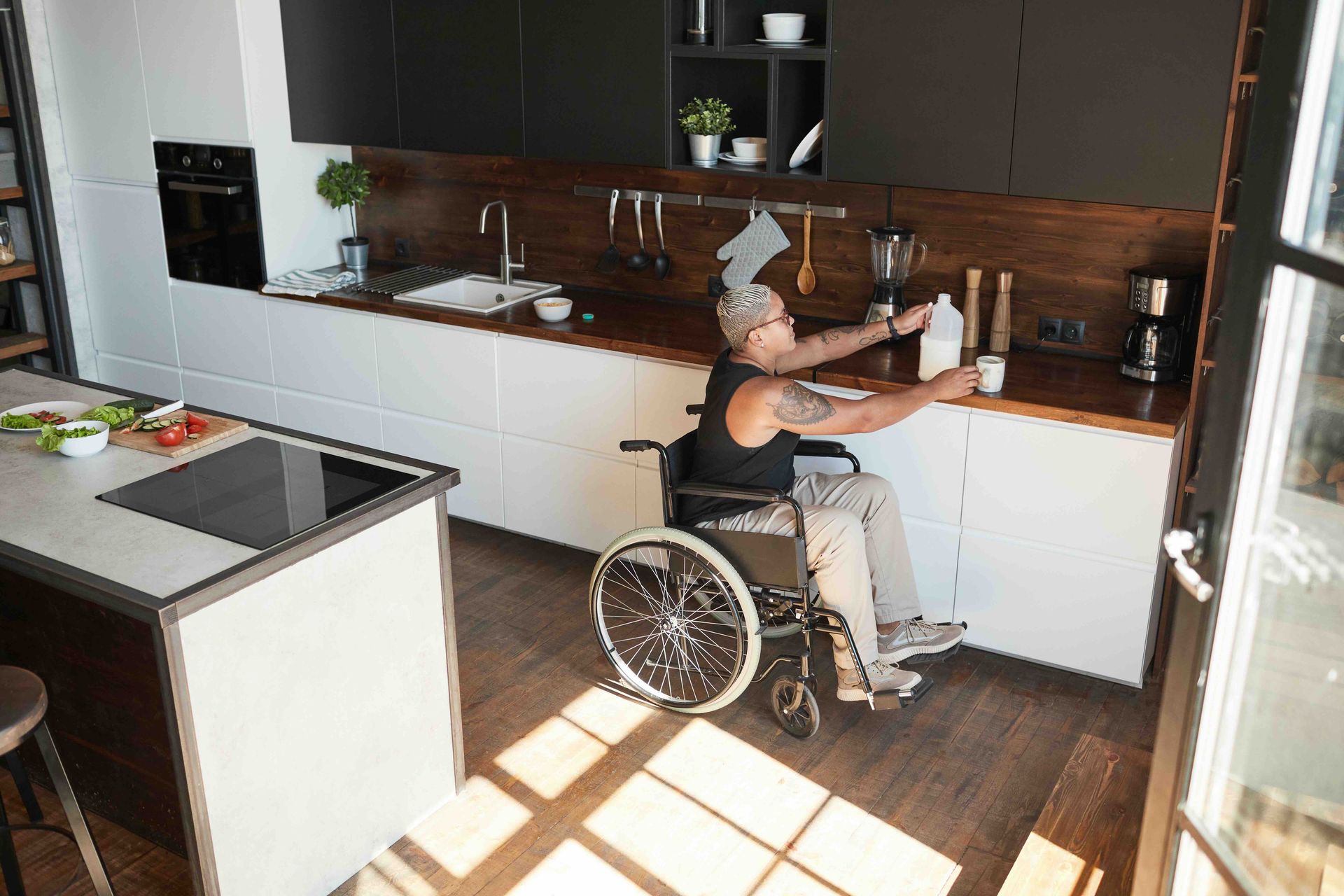
Supporting Veterans Who Wish to Age in Place
As more veterans return to civilian life, many wish to remain in their homes as they age rather than transitioning to a nursing home or assisted living facility. Aging in place allows veterans to continue living independently in a familiar environment while receiving the care they need. However, veterans may face unique challenges when it comes to aging in place, particularly if they have experienced injuries or disabilities during their service.
Veterans who suffer from mobility issues or post-traumatic stress disorder (PTSD) may require home modifications to make their homes more accessible. Installing wheelchair ramps, widening doorways, and adding bathroom modifications can help veterans live independently while ensuring their safety. Additionally, smart home technology can be integrated into the home to improve convenience and provide remote monitoring for caregivers.
Veterans may also be eligible for financial assistance through programs such as the Veterans Affairs (VA) Specially Adapted Housing (SAH) program. This program provides funding for veterans to make necessary modifications to their homes, such as installing ramps or adapting bathrooms for wheelchair access. The goal of these programs is to allow veterans to age in place, maintaining their dignity and independence in the comfort of their own homes. You can read more about veteran resources on our website.
How Lakeshore Barrier Free Can Help
Lakeshore Barrier Free is dedicated to helping individuals create homes that are accessible, safe, and functional. With years of experience in home modifications, Lakeshore Barrier Free specializes in designing barrier-free homes that meet the needs of people with disabilities, including veterans. Their team works closely with clients to identify their specific requirements and create customized solutions to enhance mobility and independence.
Lakeshore Barrier Free offers a wide range of services, including the installation of wheelchair ramps, patient lifts, and other accessibility features. They also work with homeowners to ensure that their homes are equipped with the latest in smart home technology, providing a modern solution for those who wish to age in place.
Veterans can benefit from Lakeshore Barrier Free's expertise in home modifications. The company can assist veterans in accessing funding through the VA Specially Adapted Housing program and ensure that their homes are properly modified to meet their needs. By working with Lakeshore Barrier Free, veterans can achieve their goal of aging in place and enjoying the comfort and independence they deserve.
Key Takeaways
Designing homes for a lifetime of comfort and independence is not just about making a home accessible—it's about creating an environment where individuals with disabilities or mobility challenges can live freely and safely. Barrier-free homes, along with thoughtful home modifications, can significantly improve the quality of life for people with disabilities, seniors, and veterans. Features like wheelchair ramps, temporary ramps, and patient lifts enhance mobility and independence, allowing people to remain in their homes longer.
Veterans can benefit from specialized modifications that support aging in place, ensuring that they maintain their independence and dignity. Lakeshore Barrier Free is an invaluable partner in this process, offering customized solutions to help individuals achieve their home modification goals and live comfortably and independently. Whether it's a permanent modification or a temporary solution, creating a barrier-free home is a powerful way to ensure a lifetime of comfort, safety, and independence.
TALK TO THE EXPERTS OF LAKESHORE BARRIER FREE TODAY!
We believe that everyone should have access to every area of their home! We work directly with you to make sure that every grab bar, bathroom sink, kitchen countertop, patient lift, and more is at the perfect location for you and your loved ones. Call us at
(616) 477-2685 or email us at
Info@LakeshoreBarrierFree.com
Share this blog


